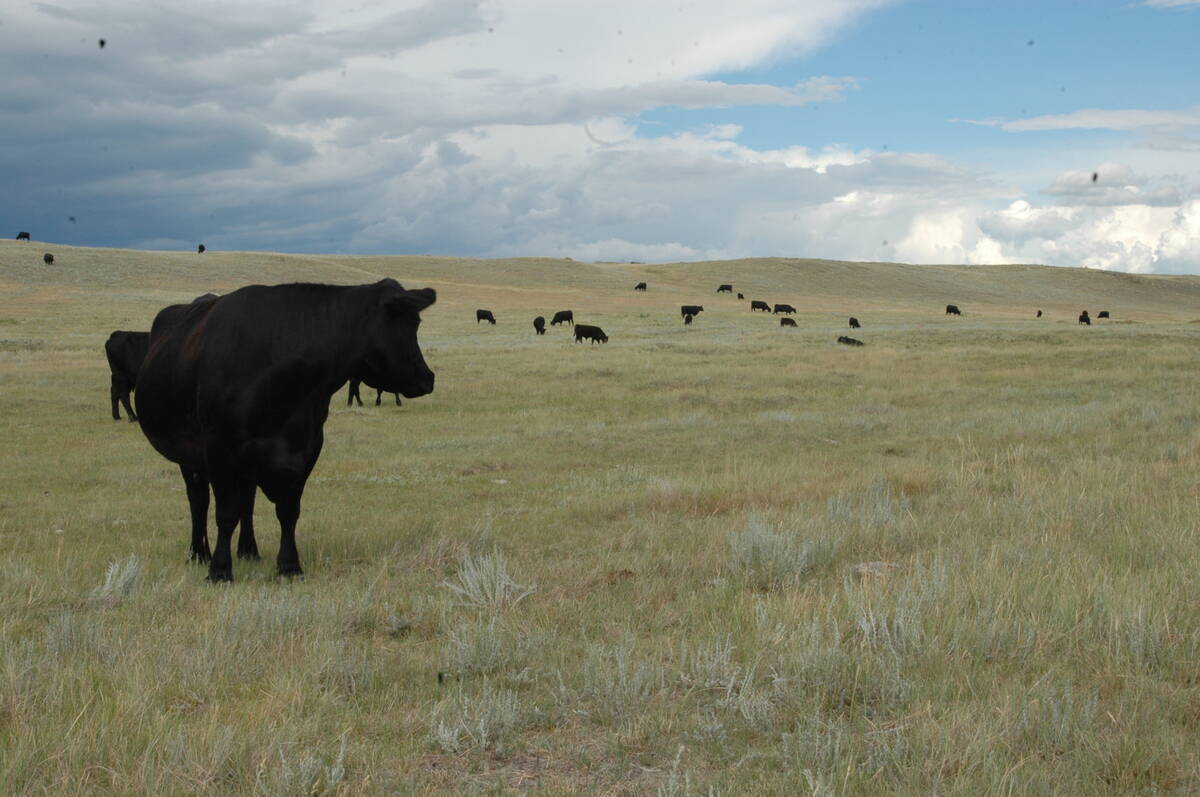The siren song of record high durum prices could entice farmers who don’t usually grow the crop to give it a shot in 2008.
But a Canadian Wheat Board official has cautioned potential growers outside the traditional production area to test the water before jumping into the durum pool.
Mike Grenier, CWB agronomist, said there’s no doubt that today’s good prices will almost certainly lead to a big increase in plantings in the traditional durum area of the southern Prairies.
“My concern is that those guys on the fringe area and farther out be cautious,” he said. “If you haven’t been growing durum or durum is not grown in your area, you have to try to understand why that is the case.”
Read Also

Saskatchewan Cattle Association struggles with lower marketings
This year’s change in the provincial checkoff has allowed the Saskatchewan Cattle Association to breathe a little easier when it comes to finances.
The 2007-08 pool return outlook for good quality durum is more than $12 a bushel.
While those growers in the fringe areas will obviously be attracted by that kind of price, they also have to take into account how suitable the crop is agronomically for their area.
“You have to understand the limitations and risks, not just yield risk but grade risk as well,” said Grenier.
While spreads among the durum grades are narrow in the latest PRO, that’s not normally the case. Traditionally the top two grades of CWAD fetch the top price, then there is a big dropoff to No. 3 and a further sharp drop to Nos. 4 and 5.
The quality requirements for durum grades are quite tight and it’s easy to drop to No. 4 or 5 quickly, so farmers should be well aware of the quality risks in their area before seeding durum.
Degrading issues for durum include fusarium head blight, hard vitreous kernels, volunteer red spring wheat, wheat midge, smudge and sprouting.














